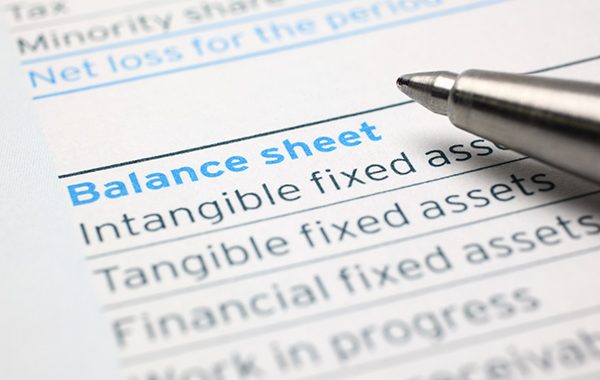The COVID-19 pandemic has forced all businesses to take stock of their financial situation and for small businesses, this is even more crucial in terms of cash flow. Having a clear picture of your finances, including cash flow will ensure that you can make any necessary decisions quickly and make use of the range of finance and funding assistance options available.
Here are our top tips for helping you to survive during this time of crisis.
- Assess the potential short and medium-term implications of COVID-19 on your financial position including reviewing your cash flow forecast and updating your business plans and budgets to take account of what is likely to happen as a result of the pandemic and how this affects you. There is a template to help you do this available on GrowSmart as part of your membership – click here for details of how to join.
- Prepare a worst case and best-case scenario for your cash flow and use the worst-case version for your planning and any revenue opportunities for your best-case. Be flexible and accept that you will need to make assumptions in the current environment. Initially start with a 13 week rolling cash flow which you update on a weekly basis as this will ensure that you can see in advance where your greatest needs are and allow you time to take action
- Remember that a cashflow not only includes the money coming in and out of your business but also when you receive a credit or make a payment. You might make a sale this month but not receive the funds from your customer until June, so make sure you put this money into the month of June rather the month that you sold the product.
- Ensure that you have up to date financial information as this will become even more important as the situation continues, to help you plan and react
- Review all financial documentation to identify if there is any flexibility on loans, or options to extend your overdraft
- Look at your contingency plans and update to consider staff sickness as well as the impact of a sudden reduction in ability to trade. Identify where cost reductions can be made, or stock liquidated if relevant. Include a review of roles to reflect staff absence to ensure that you are still able to manage bank and system processes and controls.
- Once you have clarity on your financial position, you need to optimise your working capital to preserve liquidity. This includes looking at any potential opportunities to access alternative cash sources from the Government and your current lender. Visit our Finance Support & Advice page for full details of the range of options available here.
- Look at what grants are available from the Government such as the Coronavirus Business Interruption Loan Scheme, Small Business Grants and grants for retail, hospitality and leisure grants. Visit our Finance Support & Advice page and our Business Rates and Tax Support and Advice page for the full details of the range of options available here.
- Cancel all unnecessary payments and orders no matter how small and consider adapting business operations to reduce costs such as remote working for employees, moving to digital platforms for communications and consider the use of furlough for non-essential employees – include this in your cash flow but remember that the money to cover staff furlough from the Government will not be available yet – full details of the furlough scheme are available here.
- Consider additional funding from either existing lenders or alternative providers and whether you could raise cash from equity release. Consider how much you will need and repayment terms. Make sure that you obtain consent from lenders for any short-term financial covenant waivers. For details of how Outset Finance and Finpoint can help you click here.
- HMRC have introduced a number of options to defer VAT and income tax payments along with assistance for those struggling to pay income tax through the Time to Pay Scheme. The Self-Employment Income Support Scheme can help you if you have lost your income due to COVID-19. If you are deferring your VAT or tax payments, be sure to include this in your cash flow forecast for the new payment time.
- Take advantage of Business Rates Relief for specific business sectors and those in receipt of small business or rural rate relief. Click here for more details.
- Engage with your stakeholders including a review of supplier and customer contracts to identify any flexibility regarding pricing and payment and discuss this with them. Prioritise payment schedules as required and develop a clear communications plan to ensure that your messaging is consistent.
- Consider how you can pivot current products or services to better fit the current customer demand and make sure you have the technology and skills in place to support it.
- Seek out webinars on the topic to help you take the appropriate steps for your business or check if your lender or accountant are providing any extra assistance to small businesses and take advantage of this help – you are not alone! You can also check out our Business Survival Guide here.

